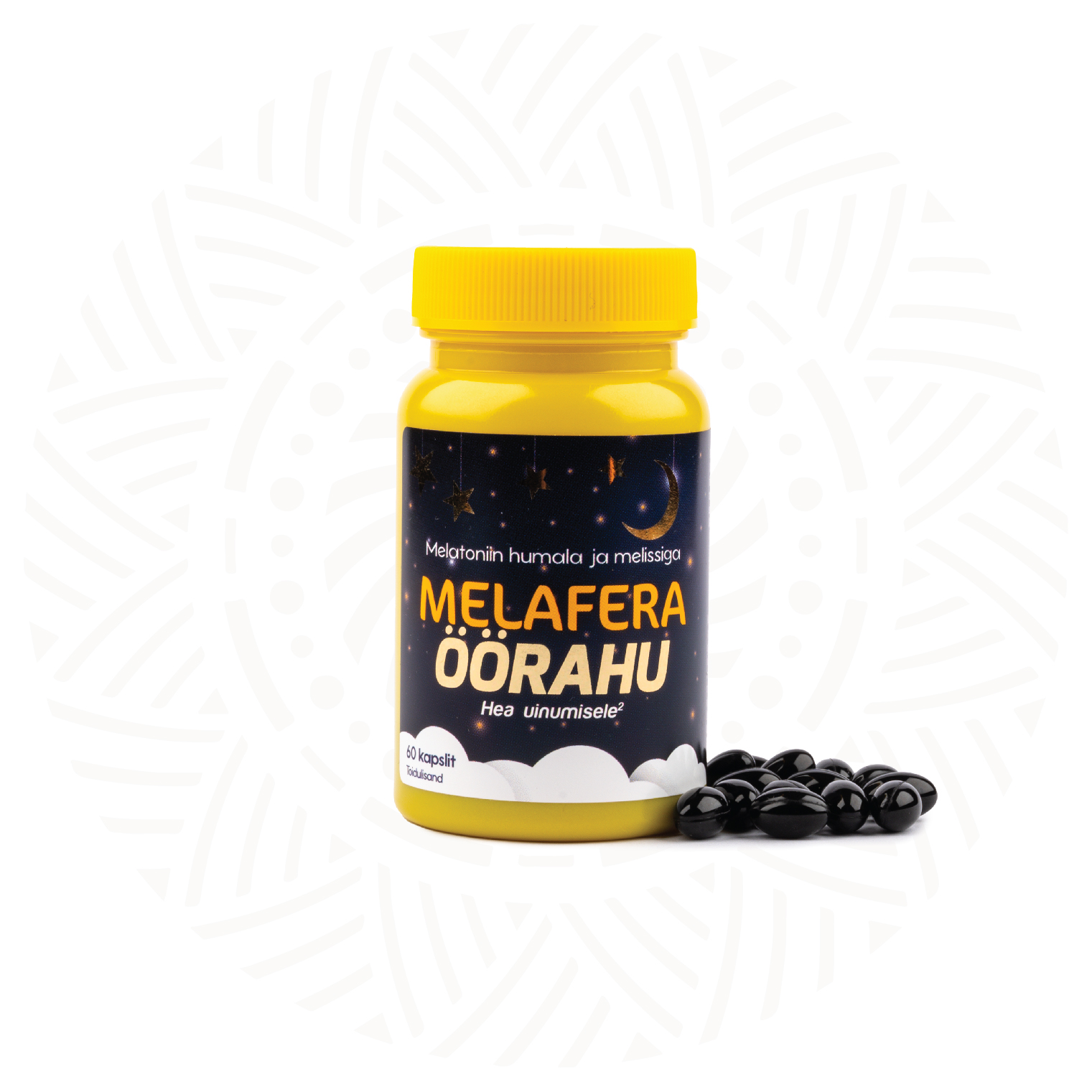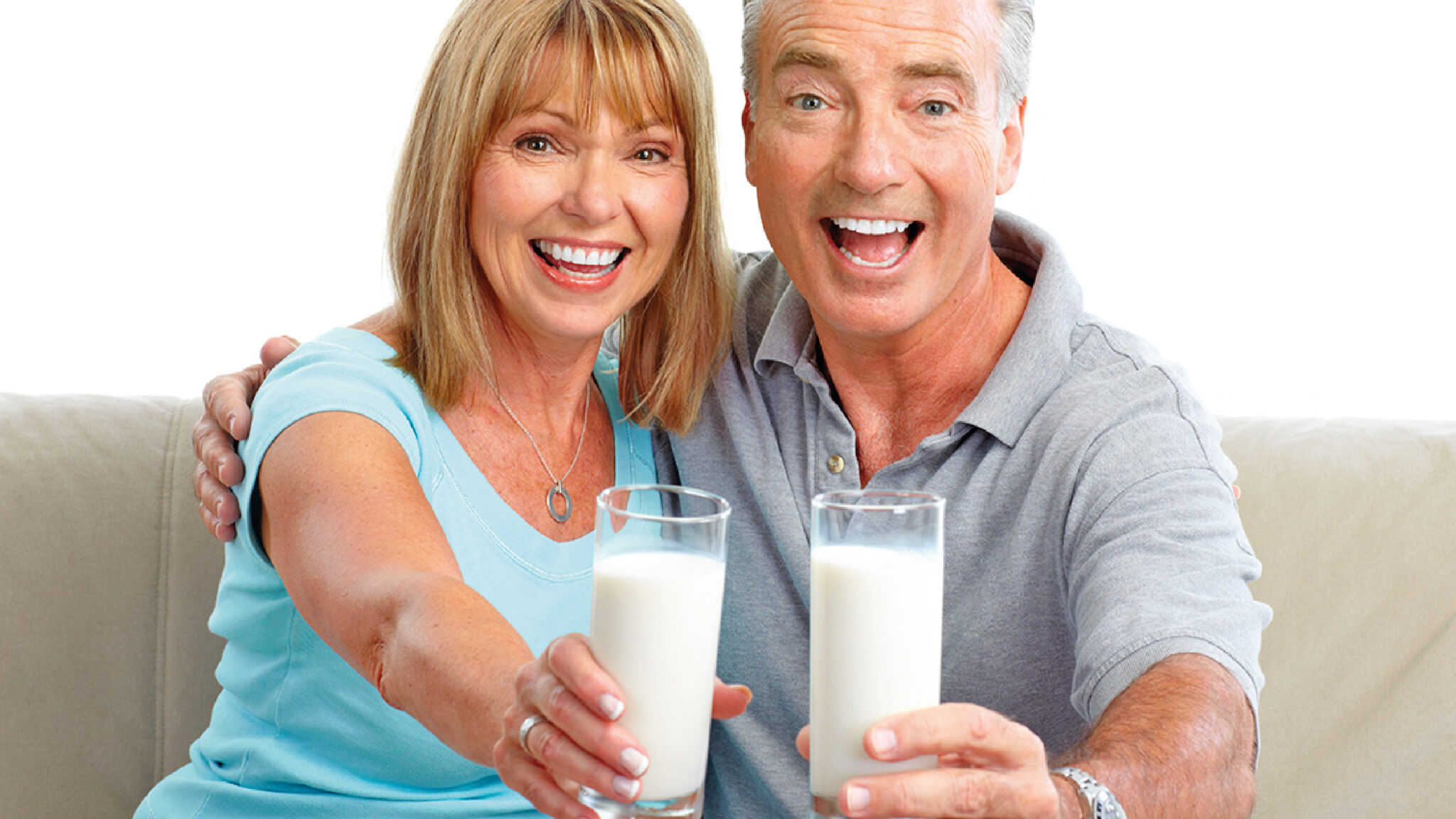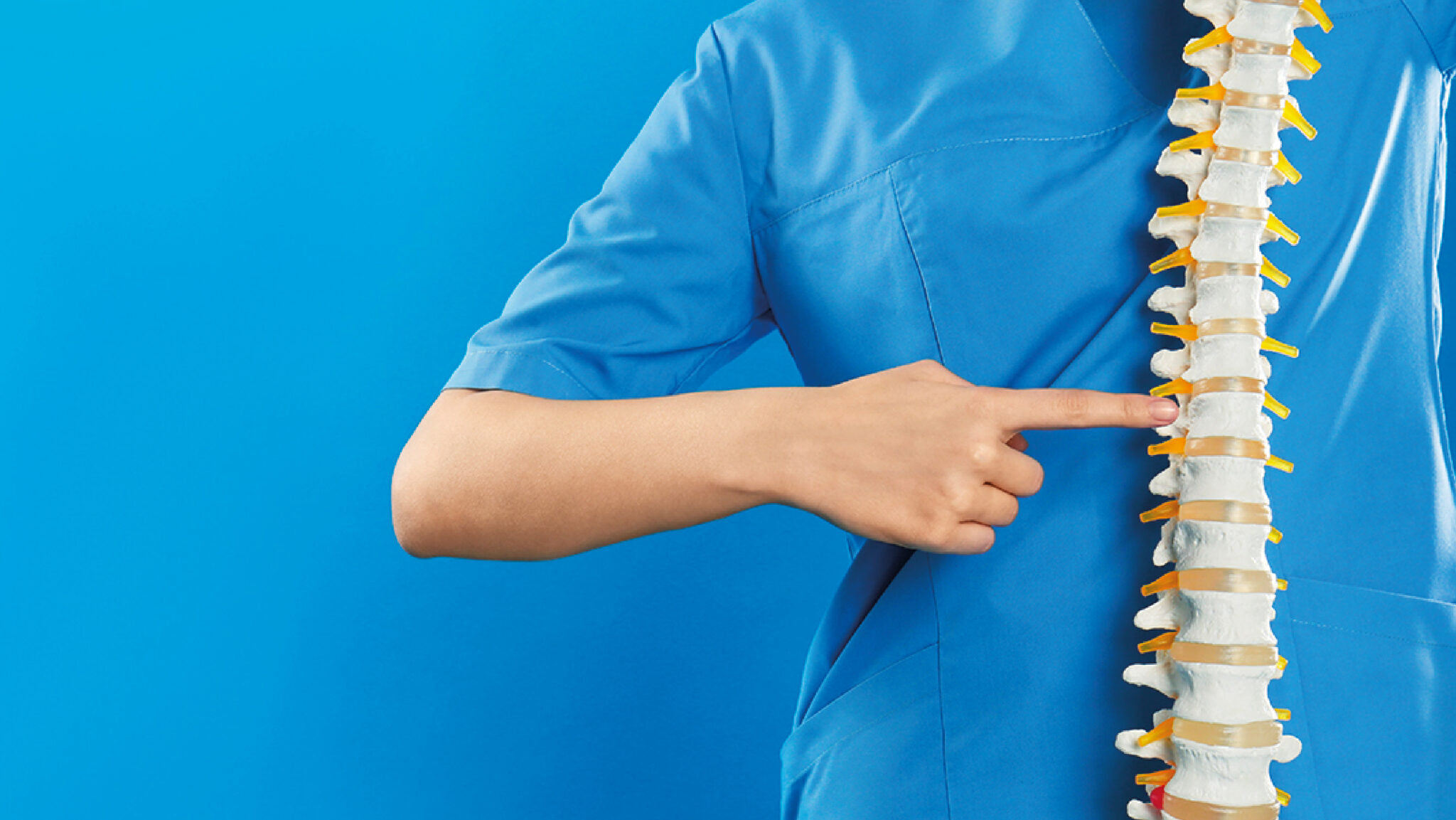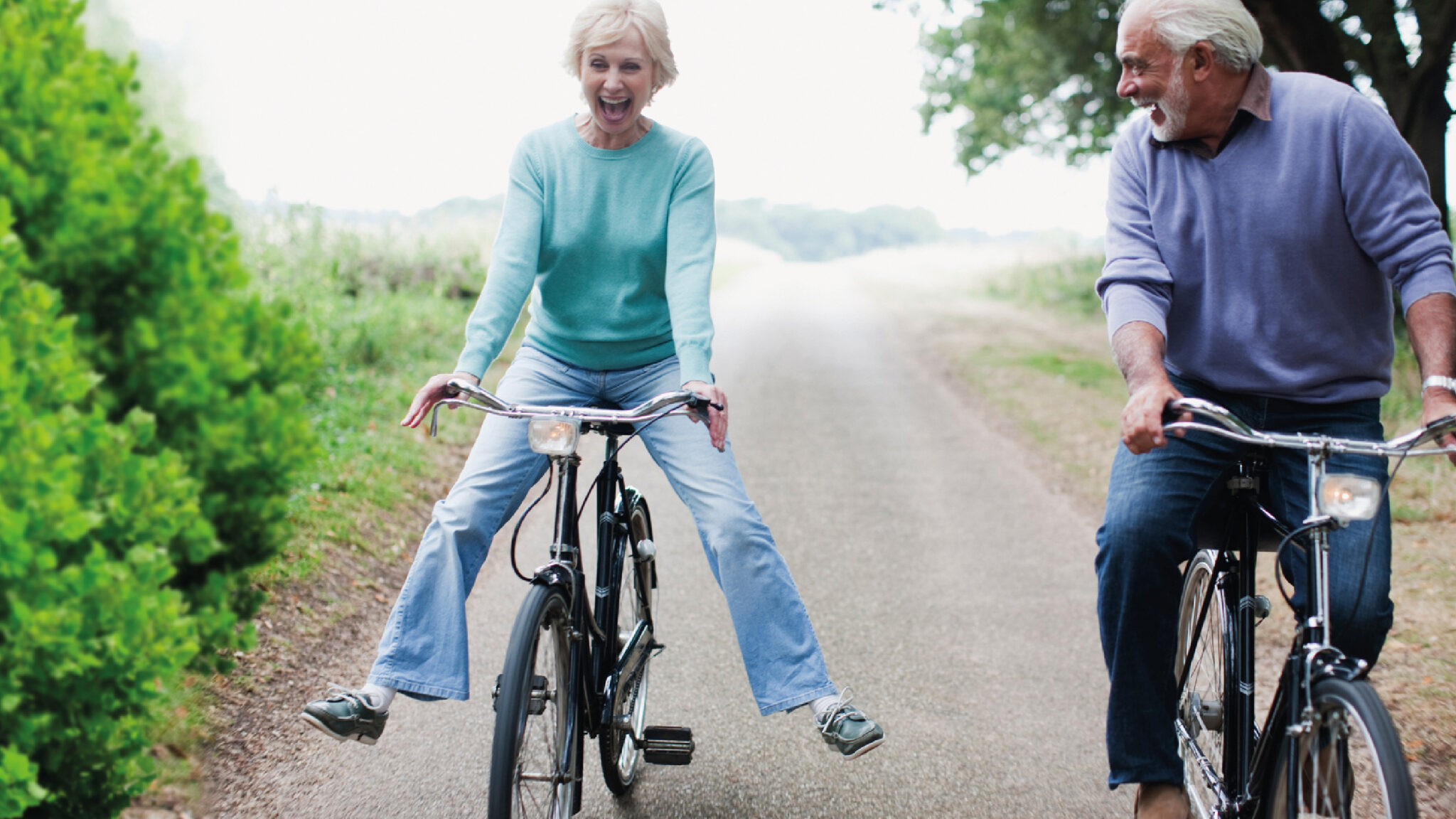Menopause is an important part of a woman’s life cycle. By embracing this period as a natural phase of life and maintaining a positive attitude, it is possible to navigate it much more easily.
Menopause is often compared to a second puberty, as the body undergoes significant hormonal changes once again, which can be difficult to adapt to. Hot flashes, headaches, mood swings, and night sweats are some of the initial changes in the body that indicate this condition. However, beyond these symptoms, women also face a serious issue during this period – osteoporosis, or bone density loss.
Why does this happen? The answer is simple – when menopause begins, estrogen levels in women start to decline. Estrogen plays a crucial role in maintaining and protecting bone strength. Its deficiency accelerates bone density loss. Osteoporosis is also known as the “silent disease” because, in its early stages, it presents no noticeable symptoms. Often, people become aware of the disease only when a fracture occurs. One of the most dangerous and common osteoporotic fractures is a hip fracture. In Estonia, around 1,600 hip fractures are registered annually, leading to premature mortality and disability. Only 50% of patients recover from this fracture. Over a lifetime, 30-50% of women may experience an osteoporotic fracture.
There are approximately 90,000 osteoporosis patients in Estonia. It is important to know that the disease can be prevented – we do not have to become just another statistic. The best way to prevent the disease is through physical activity and proper nutrition starting from childhood. The stronger and denser the bones become, the slower the process of bone density loss in old age.
Nature has designed the human body for constant movement, making regular exercise essential. The best way to prevent osteoporosis is through aerobic exercise – walking, jogging, swimming, dancing, etc. Additionally, training coordination and strength in older age can reduce the risk of falls. Exercise should be chosen based on age and overall well-being.
Since calcium helps build and maintain strong bones, this important factor should not be overlooked alongside physical activity. The National Institute of Health recommends a daily intake of 1,000 mg of calcium for younger individuals. Due to the physiological changes occurring during menopause, a woman’s body requires 20% more calcium, which amounts to 1,200 mg per day. Calcium-rich foods include dairy products, asparagus, and kale. However, according to the Food and Agriculture Organization (FAO) of the United Nations, research shows that 70.2% of the population still consumes less calcium than recommended. This means that regular calcium supplementation is necessary. When choosing a calcium supplement, citrate form should be preferred, as it has the best bioavailability.
However, the most important vitamin in osteoporosis prevention is vitamin D3, as the body cannot absorb calcium without it, and bones will not receive their essential building material. Researchers at the University of Tartu have conducted a study revealing that Estonians suffer from a year-round deficiency of vitamin D necessary for normal bone health. The study found that during autumn and winter, 90% of people had suboptimal vitamin D levels in their blood, and even in summer, up to 75% had levels below the optimal threshold of 75 nmol/L. Therefore, a year-round recommendation for vitamin D supplementation is well justified.
If the goal is to prevent osteoporosis and ensure optimal calcium absorption into bones, the vitamin D level in the blood should not be just 75 nmol/L but rather 85 nmol/L, which is the minimum level for optimal calcium absorption. How can this be achieved and maintained? By selecting the right doses of vitamin D and taking them regularly throughout the year. A recommended daily dose for younger individuals is 2,500 IU. However, for menopausal and older women, a daily intake of 4,000 IU of vitamin D is advisable.
Dear women, if we stay physically active, eat healthily, and regularly take both calcium and the right doses of vitamin D, we can embrace our second puberty with joy, without fearing osteoporosis.
Stay healthy and take care of yourselves!











